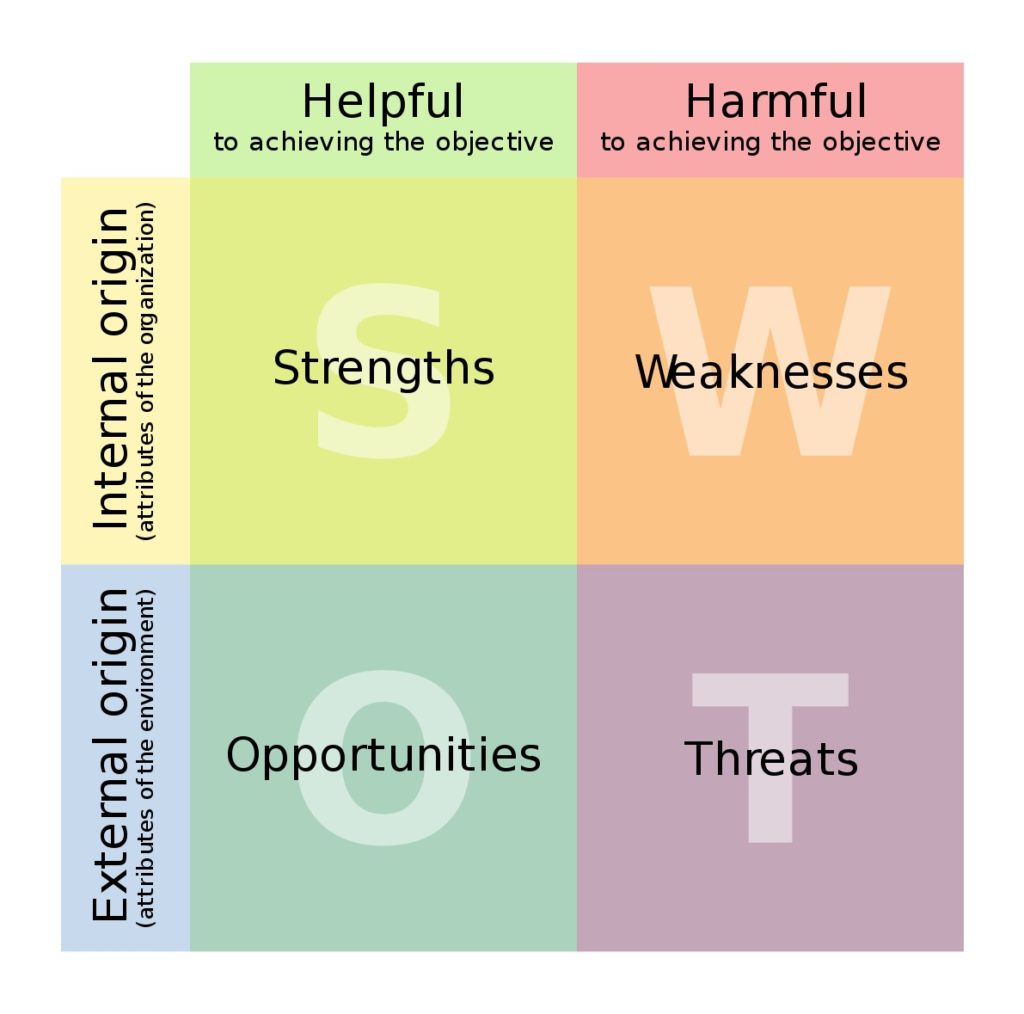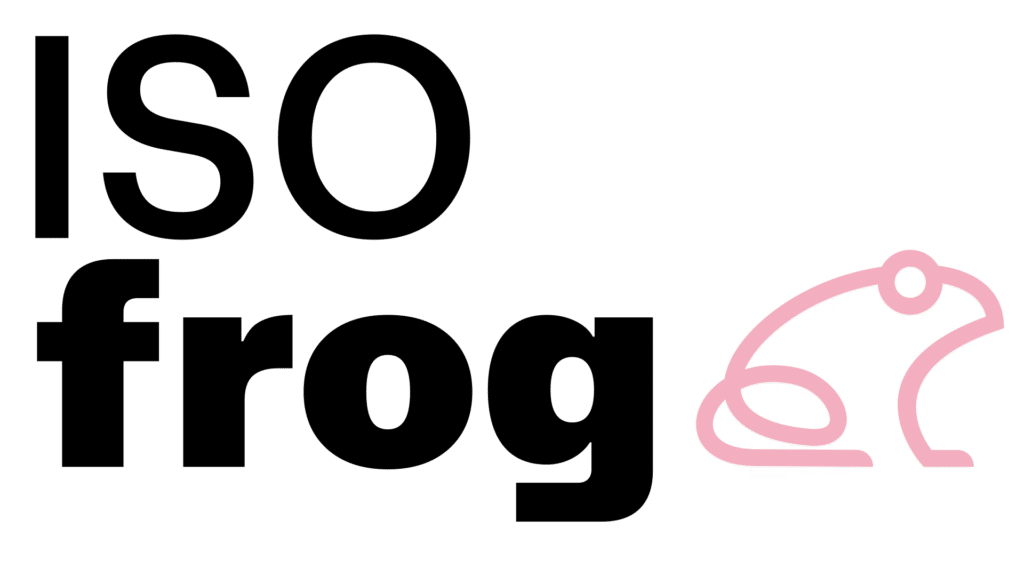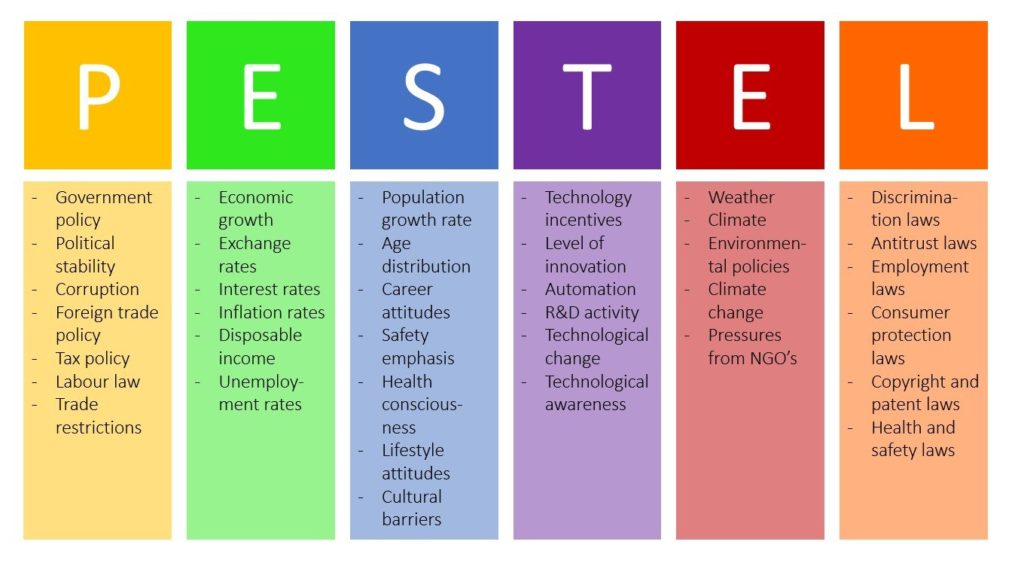Internal and External Issues
The current version of ISO 9001:2015 has been created in a way that can be used for any type of business. Whether it is a manufacturing company, or a service company seeking ISO Certification, each of the 10 clauses of the standard, are relevant to your business.
Through the Internal and External Issues, your company can focus on the direction of the Quality Management System that you are implementing, that is relevant to your needs.

Note: The word ‘issues’ in the context of the ISO 9001 standard doesn’t mean problems. It means “elements that could have an impact on your business”.
Luke Desira
Get a Free Template document for creating the internal/external issues required for ISO 9001:2015 for by submitting the information here:
Internal Issues
When thinking of the internal issues for the business, I suggest that you start off by noting the interested parties within your business. By knowing who is involved in the business, you’ll have a strong foundation of what needs to be considered here.

To define the internal issues, you will need to do a SWOT analysis:
- Strengths: the unique benefits that are brought about by your current resources, and market position that your business has within your industry.
- Weaknesses: deficiencies that your business currently has in the market that you operate. These could be brought about by your resources, or your current position in the market.
- Opportunities: new areas growth, or improved quality of service/product that can be obtained by doing changes in your current business. These improvements can generally be made available to your business by changing resources or focus within your business.
- Threats: potential outside circumstances that could have an effect on your business.
An example for 1 internal issue, relating to a Training School
| Issue | Risk | Control Measures | Opportunities |
| New needs and expectations of current and potential customers | – No internal skills to deliver new training modules – No accreditation to deliver training – Not knowing of any new expectations of customers | – To create training needs analysis/plan – To check licences/accreditations available | To continually develop our internal training team – To ensure availability of competent person at all times – We can be proactive and offer new training opportunities to clients |
| The company kept expanding and covers a number of engineering disciplines | – do not find the right people to deliver the training at the expected level of quality | – to ensure that the most important (and in-demand) engineering disciples are covered with qualified trainers | – to sign agreements with trainers who can teach the lectures at an excellent level of quality |
| The company believes in the professionalism and therefore focuses on selected industries to provide training courses it offers | – to expand our training offering beyond the capabilities of the company, resulting in a low-quality service offering | – to continually gather feedback from important clients in selected industries to ensure that the variety of services offered by the company meet the needs and expectations of our key clients | – to grow our relationships with clients and lecturers (service providers) to ensure that a professional, timely service is offered every time. |
ISO Frog | The Latest Project From Luke Desira

ISO Frog is the new solution for ISO Certification.
This is a software which aims to simplify your journey towards ISO certification. It is equipped with industry-specific templates that can help you tackle both internal and external issues for ISO 9001 and any other standard. It even comes with a built-in tool for performing the SWOT analysis.
Sign up today and be one of the first to gain early access to ISO Frog itself! You’ll be effectively helping us test ISO Frog. By signing up, you’ll be receiving:
External Issues
At this stage, it is important to note that Opportunities and Threats are technically ‘External issues’, however for the sake of this exercise, you’d be better of listings the full SWOT analysis within one list.
Don’t get too caught up in strictly identifying the internal vs the external issues. The idea here is to identify any internal and external issues that could have an effect on the business, and most importantly, to identify the right actions to take to mitigate and issues that might occur, and to seize all opportunities that your business has.

The best way to identify external issues is to create a PESTLE analysis:
- Political: any changes in laws that could have an effect on your business. Any political turmoil that might have an impact on your demand, or your ability to provide the service to your clients. Any changes in taxes that could impact the profitability of your business, or any trade restrictions.
- Economic: any changes that might impact the spending power of your clients, including the addition of new competitors. The unemployment rate, inflation and interest rates could also impact your business. If your business works with international clients/suppliers exchanges rates might also be an issue that you need to consider.
- Social: any changes in the demographics of your target audience that could impact your business. These include population growth, age distribution, lifestyle attitude, or any cultural barriers.
- Technological: any changes in technology that would impact your operational processes or the demand for your services. The level of automation within your industry, technological availability and awareness for your clients, and technology incentives, could all impact your business.
- Legal: any changes in the law that could change the way you operate your business. These include discrimination laws, employment laws, consumer protection laws, and Health & Safety laws.
- Environmental: any changes in the environment in which your company operates. This does not only refer to environmental laws but also the availability of raw materials, customer buying patterns, and corporate social responsibility.
Internal and External Issues in your business
Once you have created the SWOT & PESTLE analysis (as per above), you will have a better picture of the Internal and External Issues within your business. As business leaders, we must make sure to have the foresight to see where our business is right now, and where it is headed.

The above image shows how the evaluation of the interested parties links to the Internal and External Issues for your organisation. Once the above is done, we will need to:
- Identify the importance of each of the Internal and External Issues, to prioritise our efforts accordingly
- Create quality objectives that would help us to ensure that are continually striving to mitigate the Risk Management in ISO 9001, and seize our opportunities
- Identify the responsible person for each of the objectives (as per above)
If you would like more information about getting ISO 9001 certification or would like to know the prices for ISO 9001, feel free to get in touch. We’d love to help.
10 Comments
Comments are closed.